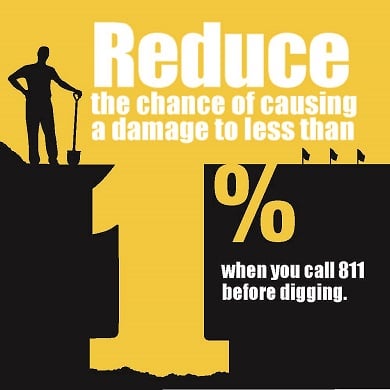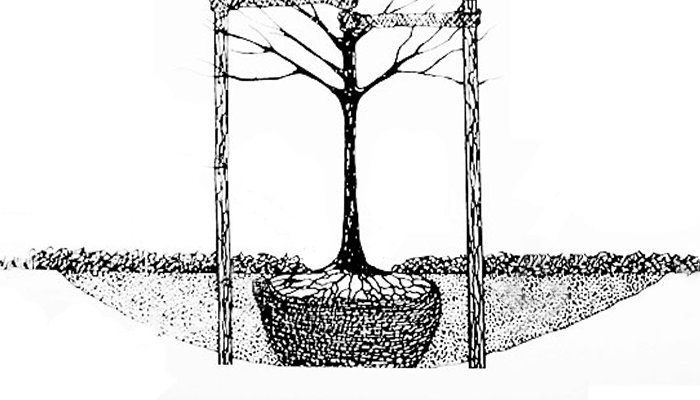When it comes to figuring out how to move a tree, your search will often lead you to a professional tree transplanting service. Tree transplanting is the process of moving a tree from one location to another. Moving a tree is not an easy task, and puts stress on your tree. When performing a tree transplanting job, implementing the proper process will determine whether or not the tree move will be successful. This is why the success rate for moving a tree is better when hiring a tree transplanting service.
Some common reasons for homeowners to want/need a tree transplanting service are:
- Home additions or hardscaping projects that require a plant to be moved
- A homeowner is moving and would like to take a tree with them
- The plant or tree has outgrown its current spot
If a transplant is not done properly, the tree can die from improper removal or installation. A successful tree transplanting job involves many detailed and important moving parts.
 Root pruning will be required in the season prior to transplanting.
Root pruning will be required in the season prior to transplanting.- The tree will need to be dug up correctly.
- A new hole will need to be dug prior to digging out the tree (once the tree or plant is dug up – the longer the roots go without a home, the lower the chances of a successful transplant).
- Consider the best time of year for transplanting (for most trees, fall, late winter, or early spring is the best time).
- Leave enough root ball diameter (generally 10-12 inches of root ball diameter for every inch of trunk diameter).
- Planting the root ball at the proper depth.
- Proper machinery to move the root ball (can weigh about 100 lbs per square foot).
- The plant or tree is receiving the same amount of sunlight daily as it was previously (or more or less if the old spot was not conducive).
In addition to making sure the tree transplanting process is completed correctly, once it is done, a proper and regimented health care plan, after transplant, is key in determining its overall success.
Caring for a tree after transplant:
- Watering regularly (roots moist but not soggy). Many factors can contribute to determining the best watering plan for your new tree, and because of this, there is no “one size fits all method”. However, if there is no natural rainfall, plan to perform deep watering every 12-14 days.
- Consider adding a 2 to 3-inch layer of mulch (no deeper) around the base of the new transplant to maintain moisture.
- Do not fertilize a newly transplanted tree until it has been planted for at least a year. Fertilization stimulates new growth and could add more stress to the tree.
Tree transplanting is stressful for a tree, so making sure it is up to the task first is extremely important.
- Is it free from pests and disease?
- If the problem is the environment, will it survive the new location?
- Are soil conditions on your property ideal for this type of tree?
Precautions:
- Do not plant a tree deeper than it was planted previously.
- Call 811 before excavation to check for underground utilities.
- Perform a soil test prior to tree transplanting to make sure the new soil is suitable for the tree.
Trees that are not ideal for tree transplanting –

- Trees with long vertical tap roots
- Trees that grow in sandy soils
- Moving native trees from wooded areas to lawn
- Conifers don’t often transplant as well as deciduous
- Trees do not transplant as well as shrubs
Since tree transplanting is a very intricate process that, not only requires particular attention to detail during the transplanting process, but also a very regimented care plan after, it may be best to consider a tree replacement instead. If a tree is really important to you and/or you are not ready to part with it, your tree transplanting project should be completed by a professional. DIYing a tree transplant may end in you losing your favorite tree.
If you are considering tree transplanting services on your property, call the professional Arborists at Red Cedar to help formulate the best plan of action. If it is determined that the tree can be transplanted successfully, we can help complete this task. However, if it is determined in our professional opinion, that the particular tree may not successfully survive the tree transplanting process, we can suggest an alternate plan. When dealing with complex tree work like transplanting, it is best to consult with a professional to ensure the project is done correctly! Contact Red Cedar today for your free tree consultation, and let us help establish the best course of action for your tree!


